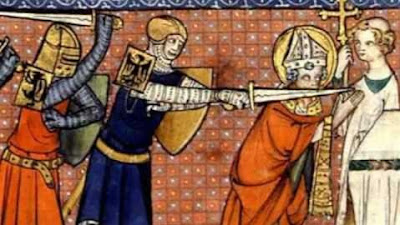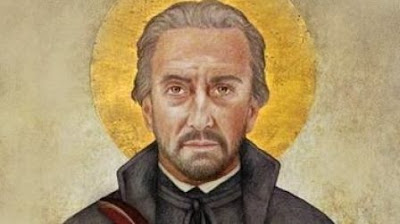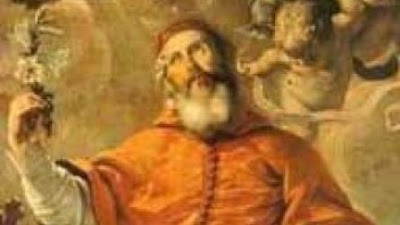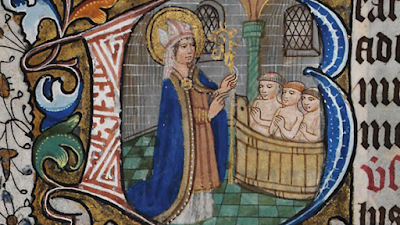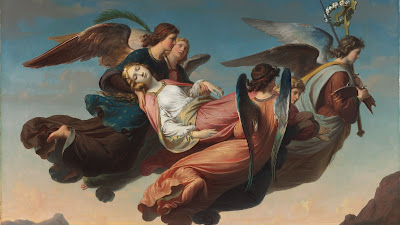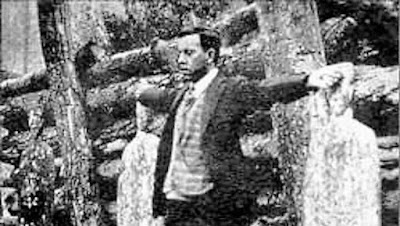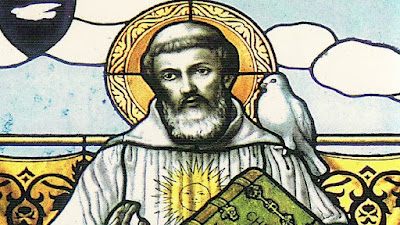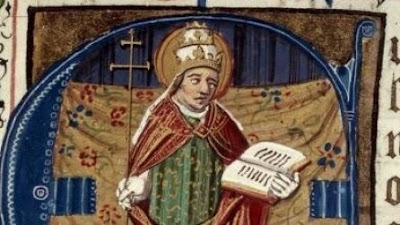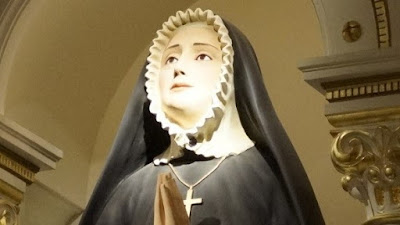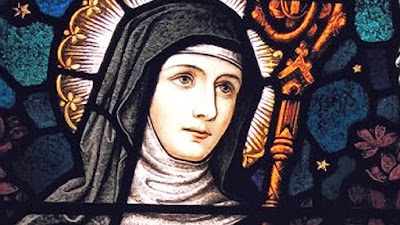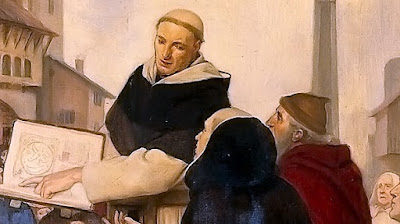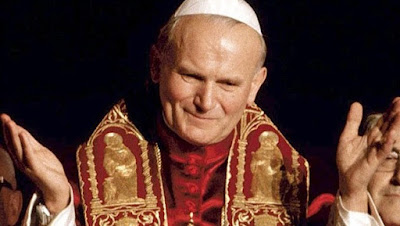St. Elizabeth Ann Seton, Educator and Foundress
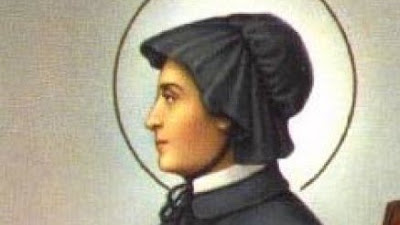
Memorial - January 4th If you ever had an opportunity to attend Catholic school in the United States, you have Saint Elizabeth Ann Seton to thank for it. After her husband’s death, she founded the first American religious community for women the Sisters of Charity, the first American parish school, and the first American Catholic orphanage, all while raising her five children. A daughter of the American Revolution, she was born in August of 1774, two years before the Declaration of Independence. Her mother, a staunch Episcopalian, taught her the value of prayer and Scripture. At the age of 19, Elizabeth married the love of her life, a handsome wealthy businessman named William Seton. Following the birth of their fifth child, he lost his business, filed for bankruptcy and became deathly ill with tuberculosis. In a final attempt to save her husband's health, the Setons sailed for Italy where William had business friends who could help care for him. During her husband's f
